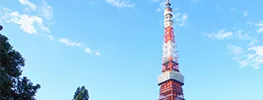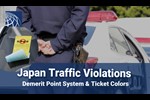Child Car Seat Safety in Japan
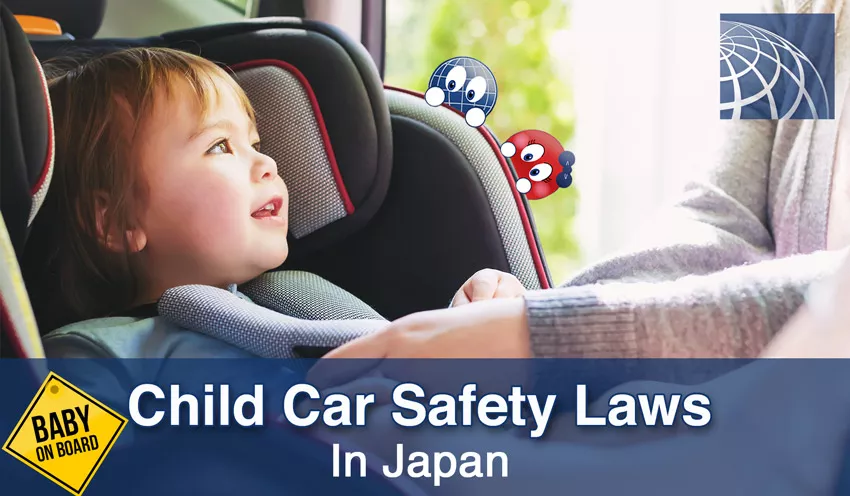
This page contains affiliate links.
Those with children coming to Japan and planning to drive will need to know the laws regarding child safety in cars. Some might be surprised at either the strictness or laxness of the laws in Japan depending on what country you originated from.
Child car seat usage law in Japan
According to Japanese law, any child under the age of 6 needs to be in a car seat when riding in a car. From there the law doesn't get any stricter regarding rules about what types of seats to use and where to position them. They do however share some recommended guidelines to follow.
The guidelines recommend using a rear-facing car seat until the child is 2 years old or 9kg (20lbs), a forward facing car seat for children under the age of 4 and 18kg (40lbs), and a booster seat for children under the age of 8 and 36kg (80lbs.)
What happens when you break the law
In the event that a child is not in a car seat and you are caught, there will be no fine, you will, however, lose 1 point on your driver's license.
What situations make you exempt from following the law
According to the law, when a child is riding a bus or a taxi, they are not required to use a child car seat.
If due to illness, injury or urgency, the child is not able to get into a car seat when on the way to the hospital, you will be exempt from having to put the child in a car seat.
The law also states that a child does not need to be in the car seat while being breastfed or when he/she needs a diaper change. However, it is strongly recommended that you stop the car somewhere and attend to the child's needs instead of when the car is in motion and the risk of injury is high.
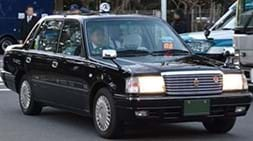
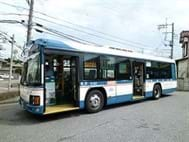
Child Car Seat Placement
Children should not be placed in the front seat of a car as the chances of an airbag killing a child in the event of an accident are very high. If there is no other choice, it is suggested that you move the seat back to its furthest position before installing a car seat in the front to minimize the risk.
The safest place to install a car seat is in the middle of the rear seat. However, as some rear seats may not be flat, making it hard to install the car seat snugly, either side of the rear car seat is acceptable. Making sure that there is little to no movement of the car seat after being installed is of the utmost importance.
*As airbags can kill small children, it is recommended that children should not sit in the front seat until they are in their teens.
The different types of child car seats and when to use them
While car seat laws vary from country to country, the safety measures that can be taken to protect your child remain the same worldwide. Here is an infographic along with a simple guide for choosing a child seat.
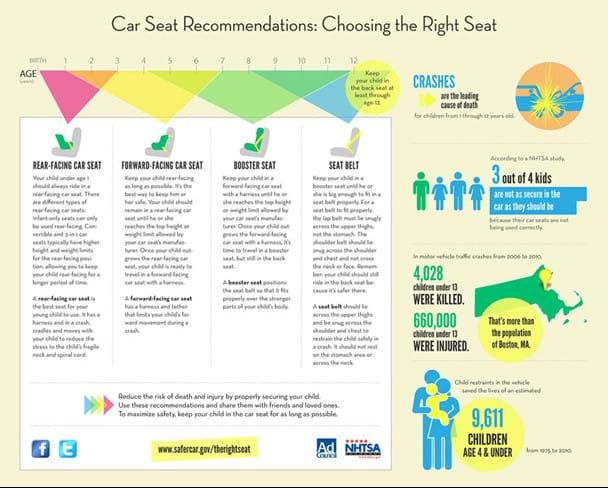
Ages 0-4
For infants recently born, it may be difficult to transport them as their necks muscles have not properly developed. It is recommended that an infant seat is used along with rolled up towels to help support their head. If the car seat does not have a head support pillow or you feel it is insufficient, you can use two receiving blankets rolled up on each side of the child's head.
Once your child's neck muscles have developed it is recommended that he/she remains in the rear-facing position until the age of 4 or until they have outgrown the weight/height limit of the seat. Most rear-facing seats have their weight limits at 35lbs (15kg) and though some manufacturers do make rear-facing car seats with weight limits as high as 50lbs (22kg,) they might not be available in Japan.
Ages 4-6
It is recommended that if the child has not yet reached the weight/height limits of the rear-facing seat, they should continue to use it as the rear-facing position is safer in the event of an accident.
When the child does go over the weight/height limit for the rear-facing seat, they should use a forward-facing seat with a 5-point safety harness.
Ages 6 and up
Once the child has reached the weight/height limits of the forward-facing car seat using the 5-point harness, they can move on to a booster seat. The height and weight limits will vary depending on what seat is being used.
The next step after they grow out of the booster seat is a backless booster seat. The child should continue using the backless booster seat until they can properly use a car seatbelt. This varies but it could be as early as 8 years old and as late as 13 years old.
Purchasing child car seats in Japan
We suggest looking for reviews of car seats before purchasing as some car seats have had recalls that might not be public knowledge. To view the car seats in person in Japan, Babies R’ Us will have the biggest selection but there are other stores such as Akachan Honpo and Nishimatsuya.
Amazon Japan will perhaps have the most to choose from overall along with the added benefit of being able to shop in English.
Aditional Info about car seat safety ( further reading )
As this is just a simple guide and we are not experts on child safety here are PLAZA HOMES, we suggest that you further read about child car seat safety at the following sites.
For those with more in-depth car seat safety related questions please contact them or you can also join the CSFTL Facebook Group.
- NHTSA: Car Seats and Booster Seats
- Safe Kids Worldwide: Buckle Up
- CDC: Child Passenger Safety
- Healthy Children.org: Car Seats
- Hello Motherhood: Height Requirement for a Child Riding in the Front Seat

- Rental Apartments & Houses in Tokyo
- Listings of popular and luxurious rental apartments, condominiums, and houses designed with expats in mind.

- Apartments & Houses for Sale in Tokyo
- Listings of apartments, condominiums, and houses available for purchase in Tokyo.














